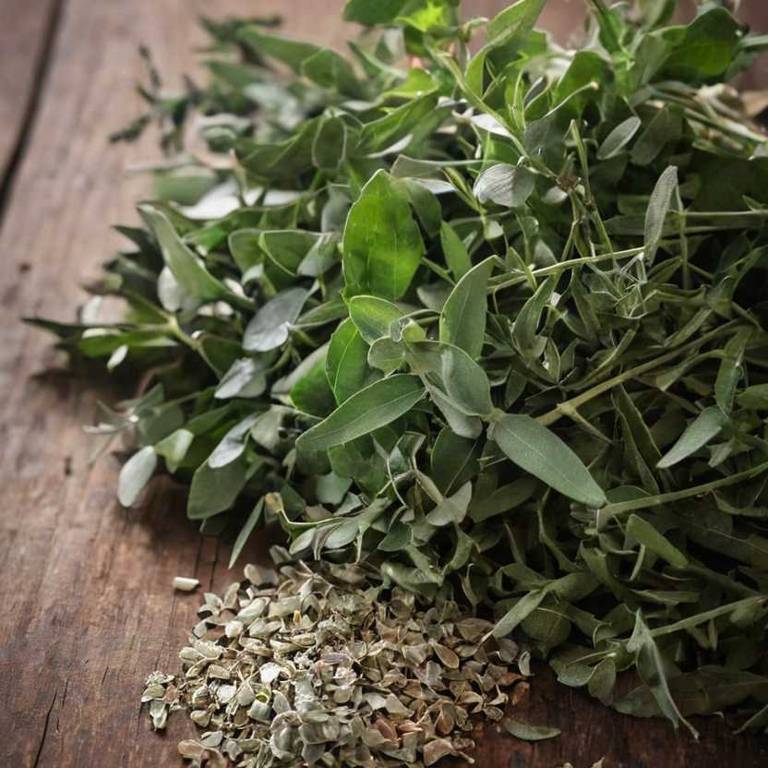Eucalyptus Smithii: What To Know Before Using It For Medicinal Purposes

Eucalyptus smithii, commonly known as Smith's eucalyptus, is a small to medium-sized tree native to southeastern Australia, particularly in the regions of New South Wales and Victoria.
It has been traditionally used by Indigenous Australians for its medicinal properties, particularly for treating respiratory ailments such as coughs, colds, and bronchitis. The leaves of Eucalyptus smithii contain high levels of essential oils, including eucalyptol, which possess antimicrobial, anti-inflammatory, and expectorant qualities. These properties make it a valuable plant in both traditional and modern herbal medicine for alleviating symptoms of respiratory infections.
Due to its therapeutic potential, Eucalyptus smithii continues to be studied for its possible applications in natural health and pharmaceutical treatments.
Health Benefits
Eucalyptus smithii has several health benefits, such as its ability to support respiratory health due to its high concentration of essential oils like eucalyptol, which can help reduce congestion and ease breathing.
It also possesses antimicrobial properties that may help in fighting off infections, making it useful in natural remedies for colds and flu. The plant's extracts are often used in aromatherapy to promote relaxation and reduce stress, contributing to overall mental well-being. Additionally, its anti-inflammatory effects may aid in alleviating symptoms of conditions like arthritis and skin irritations.
Furthermore, Eucalyptus smithii is believed to have antioxidant properties that can help protect cells from damage caused by free radicals.
10 Best Health Beneift of Eucalyptus smithii
Bioactive Constituents
Eucalyptus smithii has several bioactive constituents, such as essential oils, flavonoids, and terpenoids, which contribute to its medicinal properties.
The essential oils, particularly containing 1,8-cineole and α-pinene, exhibit antimicrobial and anti-inflammatory effects. Flavonoids present in the plant have been shown to possess antioxidant and antiviral activities. Terpenoids contribute to the plant's ability to alleviate respiratory symptoms and reduce oxidative stress.
These bioactive compounds make Eucalyptus smithii a valuable resource in traditional and modern herbal medicine.
Medicinal Preparations
Eucalyptus smithii has several medicinal preparations, such as teas, tinctures, and essential oils, which are traditionally used for their therapeutic properties.
The leaves of this eucalyptus species are often dried and brewed into teas that can help alleviate respiratory issues like coughs and congestion due to their high concentration of eucalyptol. Tinctures made from the leaves are commonly used in herbal medicine to treat colds, sore throats, and inflammation. Essential oils derived from Eucalyptus smithii are also popular in aromatherapy for their antiseptic and decongestant effects.
These preparations highlight the plant's versatility and its long-standing role in natural medicine.
Side Effects
Eucalyptus smithii can have some side effects, such as skin irritation or allergic reactions when applied topically.
Ingestion of this plant may lead to gastrointestinal discomfort, including nausea and vomiting. Prolonged exposure to its essential oils could cause respiratory issues, especially in individuals with asthma or sensitive lungs. Overuse of Eucalyptus smithii in aromatherapy or medicinal applications may result in headaches or dizziness.
It is important to consult a healthcare professional before using this plant for therapeutic purposes to minimize potential risks.